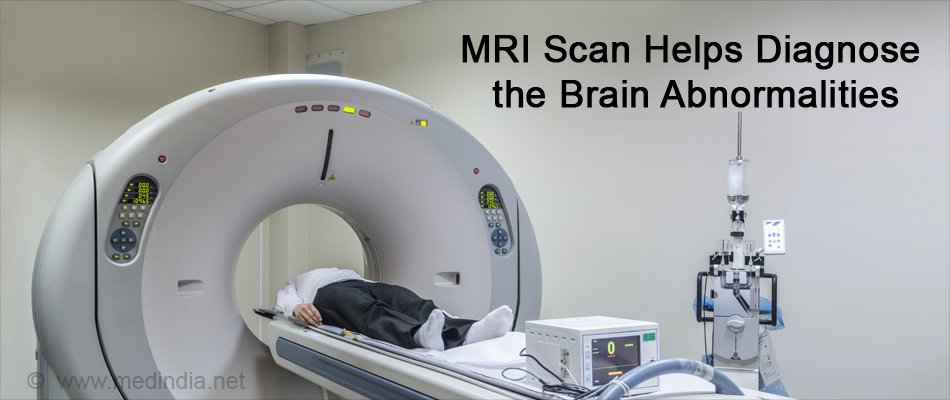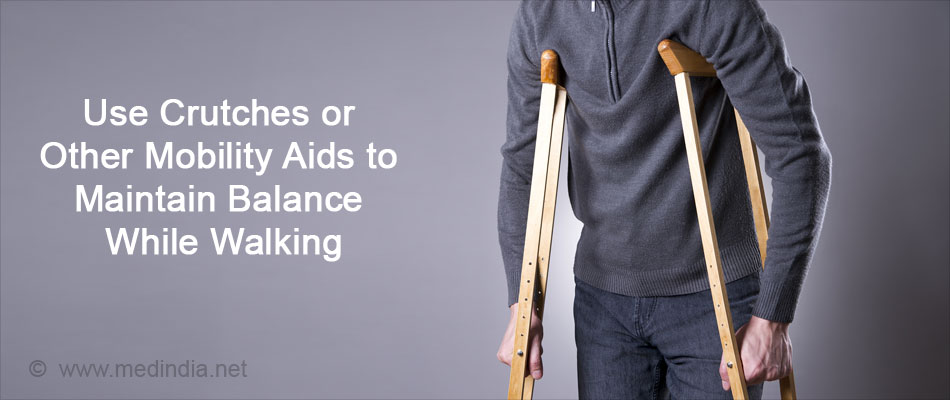- Autosomal recessive spinocerebellar ataxia 20: Report of a new patient and review of literature. - (https://www.ncbi.nlm.nih.gov/pubmed/27913285)
- Clinical behaviour of spinocerebellar ataxia type 12 and intermediate length abnormal CAG repeats in PPP2R2B. - (https://www.ncbi.nlm.nih.gov/pubmed/27864267)
- Spinocerebellar Ataxia (SCA) type 2 presenting with chorea. - (https://www.ncbi.nlm.nih.gov/pubmed/24012020)
- Ayurvedic approach in the management of spinocerebellar ataxia-2. - (https://www.ncbi.nlm.nih.gov/pubmed/27143801)
- Spinocerebellar ataxia 7 (SCA7) in Indian population: predilection of ATXN7-CAG expansion mutation in an ethnic population. - (https://www.ncbi.nlm.nih.gov/pubmed/25900954)
- National Ataxia Foundation - (http://www.ataxia.org/resources/publications.aspx)
- Spinocerebellar ataxia type 7: Report of an Indian family. - (https://www.ncbi.nlm.nih.gov/pubmed/24339617)
- Electrophysiological evaluation of spinocerebellar ataxias 1, 2 and 3. - (https://www.ncbi.nlm.nih.gov/pubmed/21880333)
- Clinical features and classification of inherited ataxias. - (https://www.ncbi.nlm.nih.gov/pubmed?term=8421960)
- Symptoms of Ataxia - (http://www.hopkinsmedicine.org/neurology_neurosurgery/centers_clinics/movement_disorders/ataxia/conditions/ataxia_symptoms.html)
What is Spinocerebellar Ataxia?
Spinocerebellar ataxia (SCA) is a progressive, degenerative, genetic disease that has multiple types. It is characterized by slowly progressive incoordination of gait, often associated with poor coordination of the hands, speech, and eye movements.
Associated behavioral and emotional changes are often present. It is also known as spinocerebellar degeneration or spinocerebellar atrophy.
Structure and Function of the Cerebellum in Brief
The cerebellum is a lobulated structure at the posterior part of the brain, below the cerebral cortex and behind the brainstem. It is divided by a set of large folds into ten smaller lobules. The cerebellum is a prominent feature of the hind brain (rhombencephalon) and due to its unique structure and location, it is easily identifiable in the context of other structures of the brain.
Both clinical observations and experimental evidence have established that the cerebellum is primarily responsible for motor coordination. Every movement of the body parts need to be carefully timed and coordinated. Consequently, the movements are smooth and regulated. These functions are very crucial yet so precise that they are not noticed, except by the trained eye. The importance of the cerebellum becomes evident during disease or injury, when various movement disorders are observed, such as in SCA. Patients having a damaged cerebellum have problem in keeping balance and maintaining muscle coordination.

What are the Types of Spinocerebellar Ataxia?
There are many systems of classification of SCAs. One such classification system, proposed in 1993, has divided these disorders into autosomal dominant cerebellar ataxia types I, II, and III.
- Type I: These types of ataxias are characterized by visual disorders such as ophthalmoplegia and optic nerve atrophy, as well as dementia and extrapyramidal symptoms. Examples: SCA1-SCA4, SCA8, SCA10, SCA12-SCA23, SCA25, SCA27, and SCA28.
- Type II: This type of ataxia is associated with pigmented maculopathy, with or without ophthalmoplegia or extrapyramidal symptoms. Example: SCA7.
- Type III: These are pure ataxic syndromes. Examples: SCA5, SCA6, SCA11, SCA26, SCA29, SCA30, and SCA 31.
Spinocerebellar Ataxia Facts
- Currently, there are 36 different types of SCA (SCA1–SCA36), all of which are inherited i.e. passed on from parents to their children.
- The pattern of inheritance observed in SCA is technically termed as autosomal dominant inheritance.
- The cardinal feature of these disorders is ataxia, which involves problems with balance, speech, and eye movements.
- The spinocerebellar ataxias are numbered in their chronological order of discovery. The most well-known SCAs include SCA1, SCA2, SCA3, SCA6, and SCA7, which are caused by defects in specific genes.
- SCA1 is the first genetic form of dominant ataxia to be discovered in 1993 from USA. This usually includes problems with walking or coordination of hand movements.
- SCA3 is the most common form of SCA found worldwide.
- SCA1, SCA2, SCA3, SCA6, SCA7, SCA12, SCA17, and SCA20 have been reported from India so far.
What are the Causes of Spinocerebellar Ataxia?
SCAs are inherited from parents to offspring. The defective genes are passed on to the children and therefore, these gene mutations are present from birth. The pattern of inheritance is autosomal dominant inheritance.
What are the Symptoms of Spinocerebellar Ataxia?
The symptoms of SCA generally vary with the specific type involved. The symptoms can also vary from patient to patient. Generally, it is characterized by clumsy movements and progressive deterioration in physical ability, although the patient may retain full mental capacity. Although the symptoms generally appear in the third decade of life, they can also appear during childhood or in old age.
The specific symptoms of SCA are highlighted below:
- Gait and Posture Abnormalities: The patient faces problems maintaining normal upright posture and balance while walking. Other symptoms include unsteady gait, a tendency to trip and fall, especially while using stairs or an escalator.
- Incoordination of Fine Motor Functions: The patient faces difficulty in performing every-day tasks. These include writing, typing, buttoning clothes, tying a knot (tying shoe laces) and cooking. There is also much difficulty in performing certain specialized tasks such as playing a musical instrument or sport.
- Speech and Swallowing Abnormalities: The patient may speak in a manner that is slow, indistinct, or slurred. There is also difficulty in swallowing food, and this may cause choking, especially with liquids.
- Visual Abnormalities: The patient often has blurred or cloudy vision or diplopia (double vision). There is also difficulty with reading (moving the eye from word to word), following a moving object or moving the eye from one direction to another.
- Cognitive Impairment and Mood Swings: The patient can exhibit cognitive impairment, which includes difficulty in retaining and recalling learned tasks as well as their proper execution. Additionally, various forms of emotional and behavioral changes may be observed. Mood swings, similar to bipolar disorder have been observed in patients with cerebellar atrophy. These can be characterized by heightened anxiety, increased irritability, bursts of anger, followed by depressive phases. Proper diagnosis can facilitate instituting suitable treatment strategies for these patients.
- Chronic Fatigue: This is characterized by unexplained and excessive fatigue even while performing normal daily tasks. This may be explained by the requirement for greater concentration and muscular exertion due to a damaged cerebellum, which results in loss of fluidity and smooth coordination in the movements.

Which Investigations are Recommended for Spinocerebellar Ataxia?
The diagnostic strategy primarily focuses on
- Detecting any damage to the cerebellum, and
- Determining which genetic type of SCA is present in the patient.
The former uses the techniques such as Computed Tomography (CT) scans or Magnetic Resonance Imaging (MRI), while the latter uses genetic testing.
- CT Scan: This is essentially an x-ray technique that involves taking x-ray photographs of the brain from different angles, following which the images are processed by using computer software. The resultant final images are available as cross-sectional slices, which gives much better clarity and detail than conventional x-rays, which produce overlapping images.
- MRI: This is a non-invasive imaging technique used by physicians to diagnose various abnormalities of internal organs of the body. MRI utilizes a powerful magnetic field, radio waves and a computer to produce detailed images of organs, soft tissues, bones and other internal body structures. MRI does not utilize any ionizing radiation such as x-rays.
CT and MRI scans show a visible shrinkage or atrophy of the cerebellum in spinocerebellar ataxia.

- Genetic Testing: This type of testing involves extracting the genetic material or deoxyribonucleic acid (DNA) from the blood and then carrying out a test called Polymerase Chain Reaction (PCR) that detects any abnormalities in the genes as well as identifies the specific genes responsible for a particular type of SCA. Therefore, this is a definitive test for pin-pointing the gene responsible for the SCA-type in the patient.
What are the Treatment Options for Spinocerebellar Ataxia?
There is currently no specific treatment for SCA, which is a progressive disease that deteriorates over time. However, not all types cause equally severe disability. Specific treatments may become available in the future with further ongoing research.
Currently, the treatment is symptomatic and is aimed at alleviating the symptoms only, without any scope of treating the disease itself. A patient suffering from SCA will likely become wheelchair bound for life and require help for performing daily tasks.
Some of the strategies for managing SCA patients under various circumstances are briefly highlighted below:
- Impairment of Gait and Posture: Initially, exercises may be recommended for improving balance. Mobility assistive devices such as canes, walkers, and crutches can be used for maintaining balance while walking. If these fail, the only remaining option is a wheelchair.

- Impairment of Hand and Arm Movements: Provision for assistive devices to help with writing, feeding, and performing self-care activities.
- Impairment of Speech: Speech therapy and assistive devices may be provided for increasing communication capability.
It should be noted that besides ataxia, many patients may exhibit other symptoms as well. These include depression, stiffness, tremor, spasticity, and sleep disorders. For these conditions, standard medical treatment can be given to alleviate the symptoms.
Can Spinocerebellar Ataxia be Prevented?
Today’s medical technology is not adequately advanced to prevent SCA. However, technology is available to accurately identify the mutated gene in a patient with SCA. The next step is to correct this gene defect, which requires gene therapy. Gene therapy is still in its infancy and primarily confined to the research domain. However, it is hoped that in the near future, it will be possible to replace the defective gene with its healthy counterpart, and this could be done even before the disease manifests.
 MEDINDIA
MEDINDIA

 Email
Email




